A Better Experience Is Emerging
Patients often confront a healthcare system that can seem baffling, difficult to navigate, user-unfriendly—and at times inaccessible physically and technically. They experience limited face time with their clinicians; overcrowded emergency departments, clinics and hospitals; confusing forms, instructions and bills; labyrinthian hospitals and uncomfortable waiting rooms; and outdated methods of scheduling and communication— conditions that would be cringeworthy in almost any other industry—retail, hospitality, even airlines.
Across the country, hospitals and medical systems are working with hundreds of startups, innovators and patient advocacy groups to develop improved technologies and processes. According to a recent study, nine out of ten healthcare organizations are actively investing in new technology to improve patient experience. These include newly designed patient portals and proprietary apps to improve scheduling, reduce wait times, track health data, answer questions and provide clinical information.
The primary point of care will be less in doctor’s offices and hospitals, and more in clinics located in pharmacies like Walgreens and CVS, as well as major retailers—starting with Walmart. As service locations proliferate, access to quality care will improve across the socioeconomic spectrum. Wealthy patients already have options outside the doctor’s office, including $40,000-a-year full-service, high-touch services like San Francisco’s Private Medical. Thanks to competition and innovation driving down costs, concierge medicine is now affordable beyond the 1%. Sollis Health offers 24-hour access to on-demand imaging services, unlimited doctor’s office visits with no wait time, and even emergency medicine at locations that include Manhattan, Beverly Hills, the Hamptons and Palm Beach for $3,500 to $6,500 a year (house calls cost extra)—an amount within reach of families with incomes in the top 10%. One Medical, with a $200 annual membership fee, has many of the logistics-improving features of the concierge services.
Eventually, most medical exams and diagnostics will take place in the comfort of the patient’s home, assisted by always-on health monitoring devices and home delivery of diagnostic assays that individuals can perform on themselves.
Equity and inclusion … represents an essential consideration in patient experience improvement efforts as healthcare leaders strive to provide more accessible, timely and affordable care within their local communities.
Laura Cooley
Editor-in-Chief, Journal of Patient Experience
